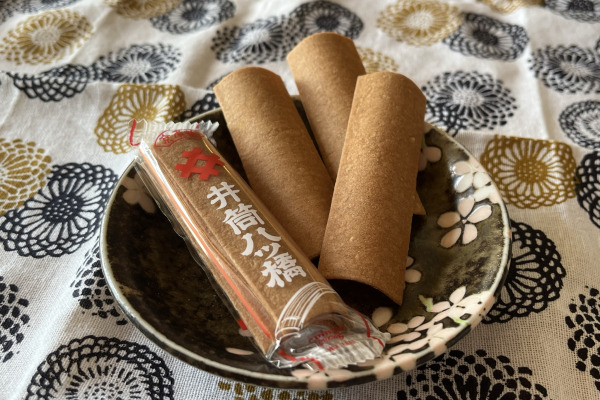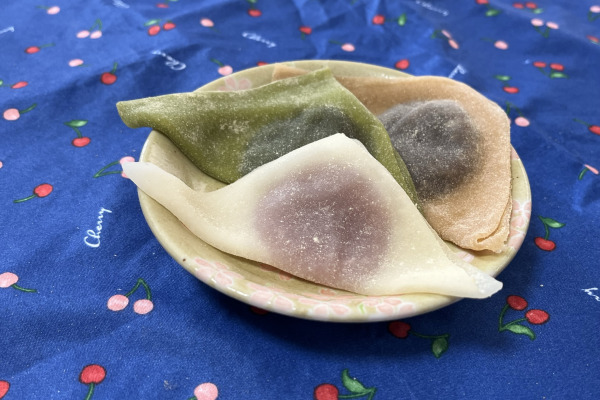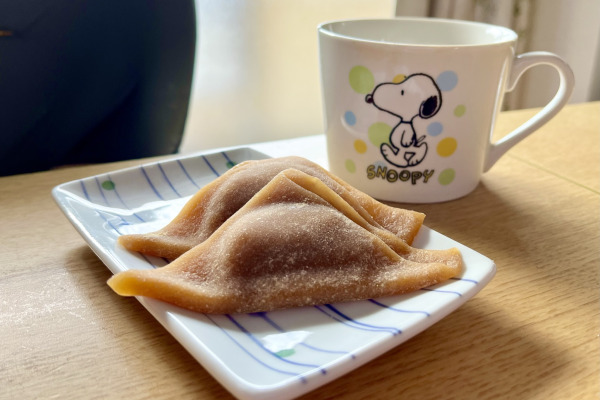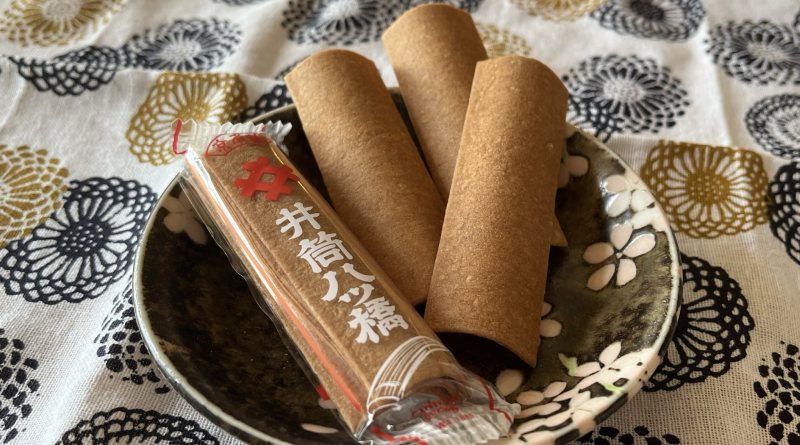Yatsuhashi: Kyoto’s Most Popular Souvenir
Take a look in any souvenir shop in Kyoto and you will quickly see a trend. Shop after shop after shop will reliably have more than one variety of yatsuhashi. Whether hard or soft, the traditional cinnamon or one of the more exotic seasonal flavors, you will likely see people buying several boxes at a time.
Different Varieties
Yatsuhashi is a Japanese confectionary that is the most popular in Kyoto. The mixture of rice, sugar, and cinnamon is steamed and then baked. As it is baked, the texture is hard and more like a rice cracker. Some of my friends and even I find it somewhat reminiscent of Cinnamon Toast Crunch– just with a firmer texture.

However, a frequent visitor to Kyoto might know that this hard cracker type is not exactly what comes to mind when someone says “yatsuhashi”.
Though the hard kind is technically the original version, the soft kind, or nama yatsuhashi, is more coveted. While both kinds use the same dough, the soft version is filled (most popularly with sweet bean paste) and then steamed. Since they are not baked, they take on a soft and chewy texture; somewhere between a crepe and mochi.
I personally prefer the hard kind, but that is a very small degree of preference.


While the hard type only comes in cinnamon, you can often find many different flavors of nama yatsuhashi such as chocolate, matcha, and even seasonal flavors like sakura! It is probably for this reason that nama yatsuhashi is much more popular.
The History of Yatsuhashi
As is the case with many popular foods, the exact origins of this tasty cinnamon treat are hard to pin down. Each company has its own different founding story, and all claim to be the original (of course). That being said, one most common stories is that it is named after Yatsuhashi Kengyo, a famous koto musician in the 17th century. After he died, the treat took on the form of Yatsuhashi’s instrument.
Another story is that the name comes from the eight bridges in Mikawa in The Tales of Ise. If this is true, then yatsuhashi does not originate from Kyoto, but from Mikawa (Nagoya) meaning their shape represents the bridge.
Bringing it Home
If you are in Kyoto Station, it will not be hard to find yatsuhashi. In fact, almost all souvenir shops have it. However, because nama yatsuhashi is more popular, sometimes they don’t have the hard variety if the shop is too small.
When you are on the hunt, you will note there are three major companies: Honke Nishio Yatsuhashi, Shogin Yatsuhashi, and Izutsu Yatsuhashi. To be completely honest, each company has an equally good product so don’t worry if you’re in a hurry and can only find one brand.

While the softer kind does not last long (a week or so), the hard ones typically last longer (a month), making it the easier of the two to bring home if you’ve got to fly over an ocean.
No matter which one you buy, the warm cinnamon flavor is delightful in both versions. It is absolutely nice with Japanese tea, but I think it is really good with English tea.


Leave a Reply